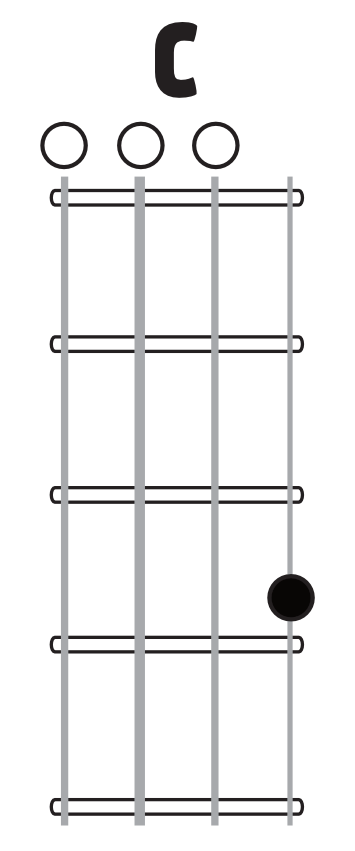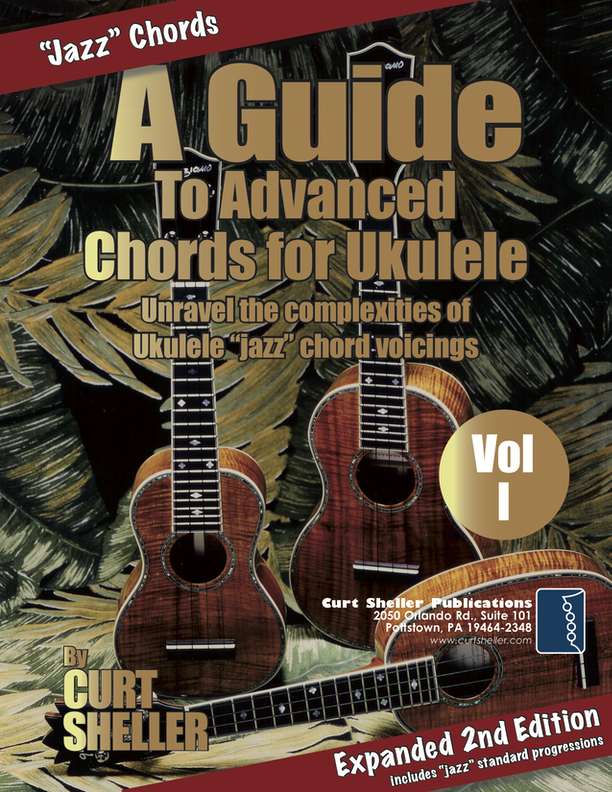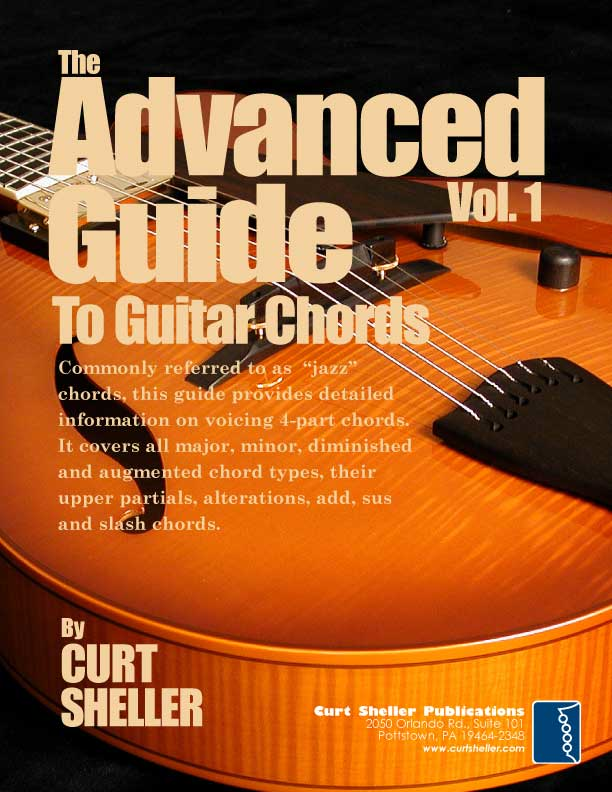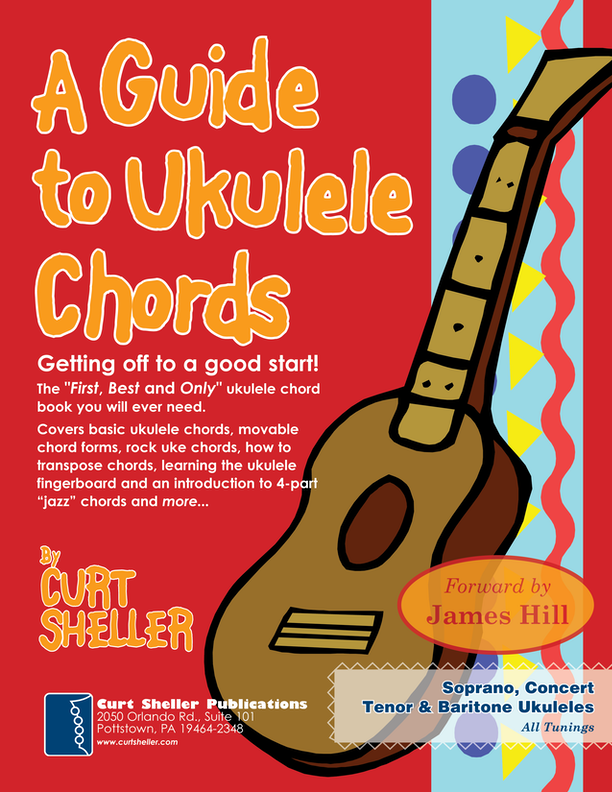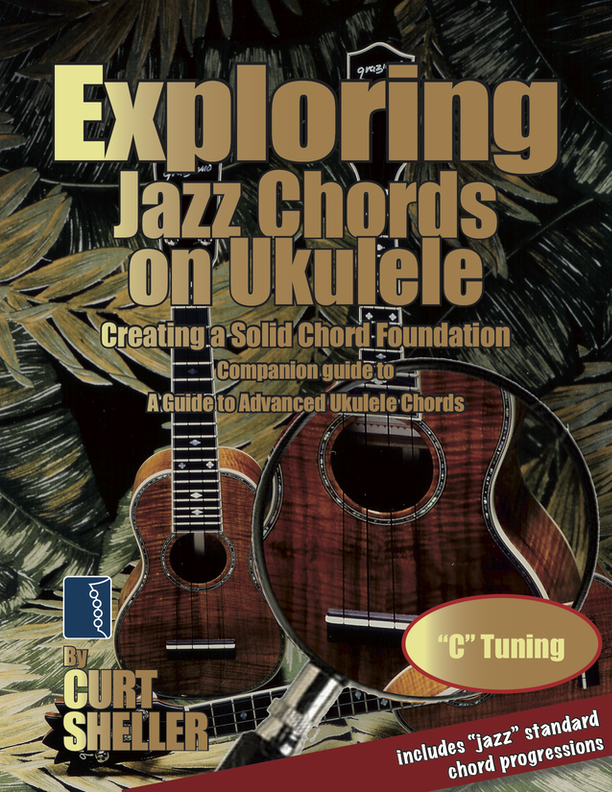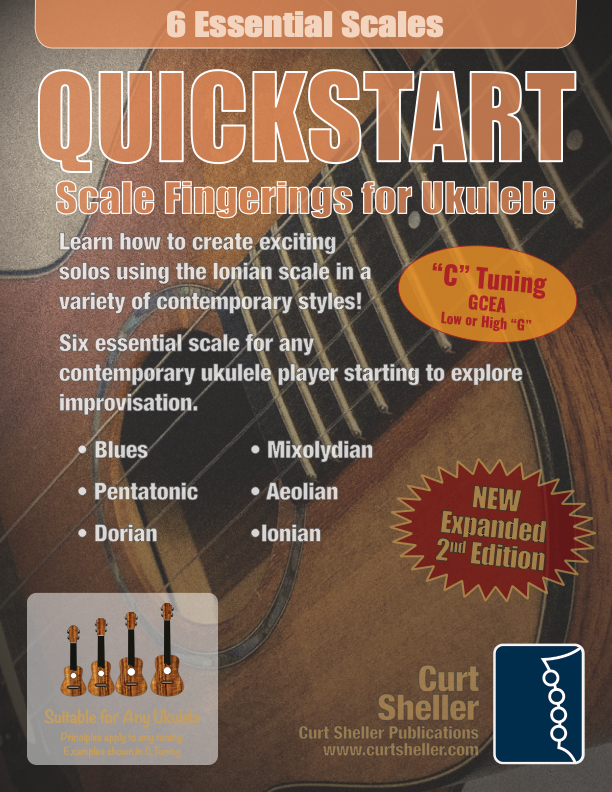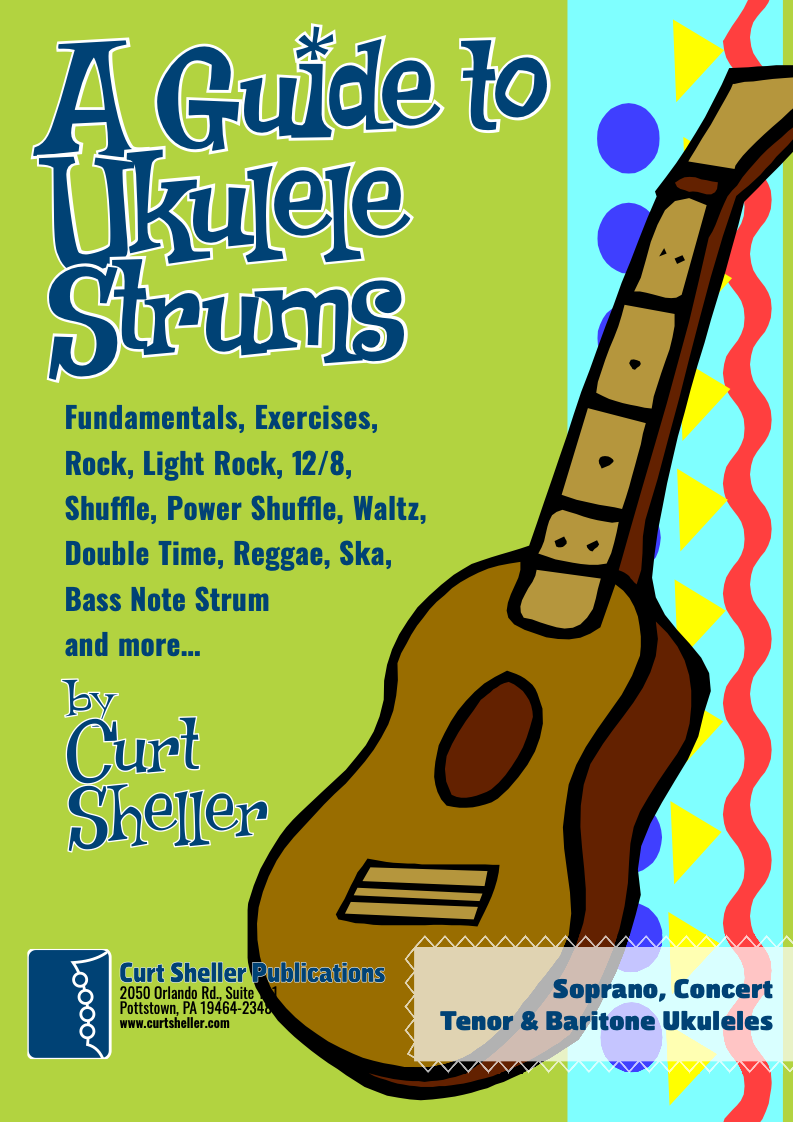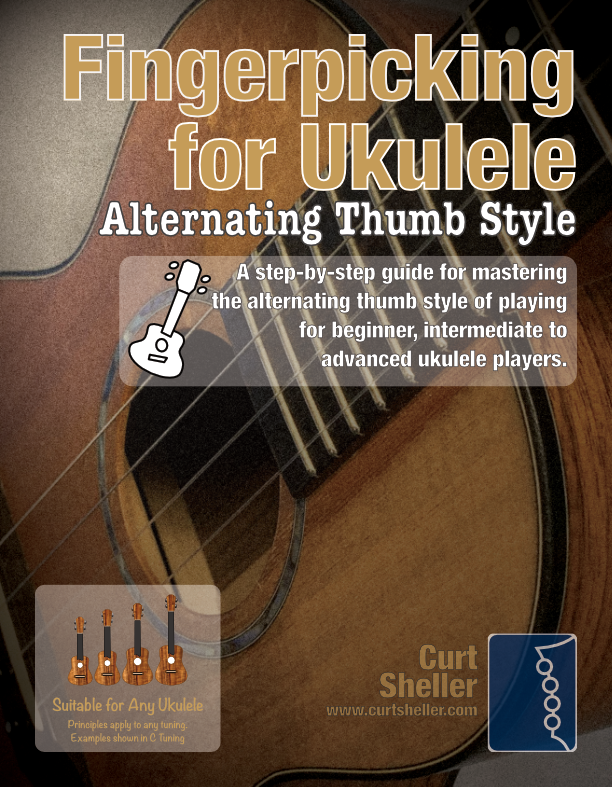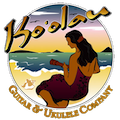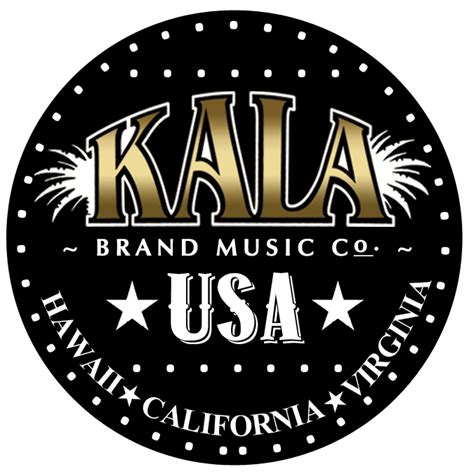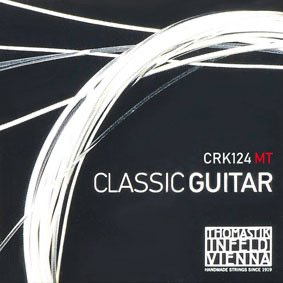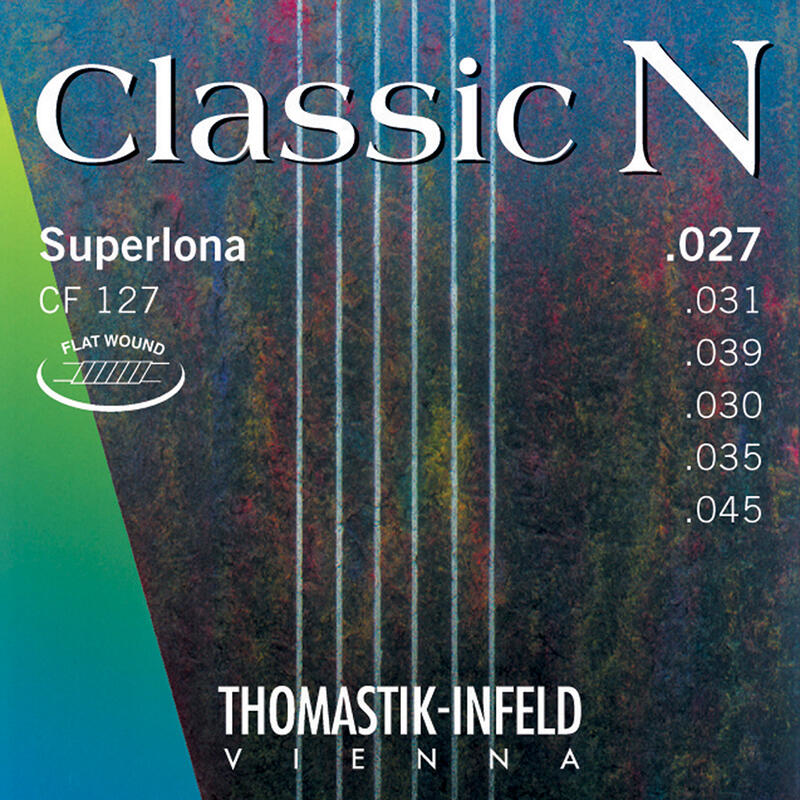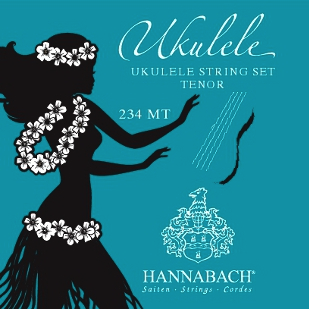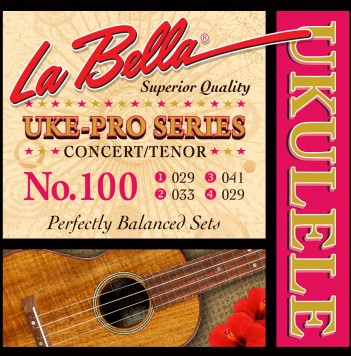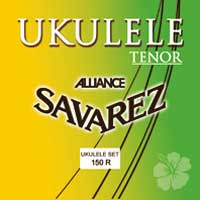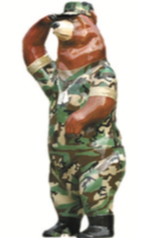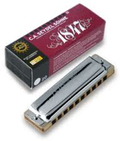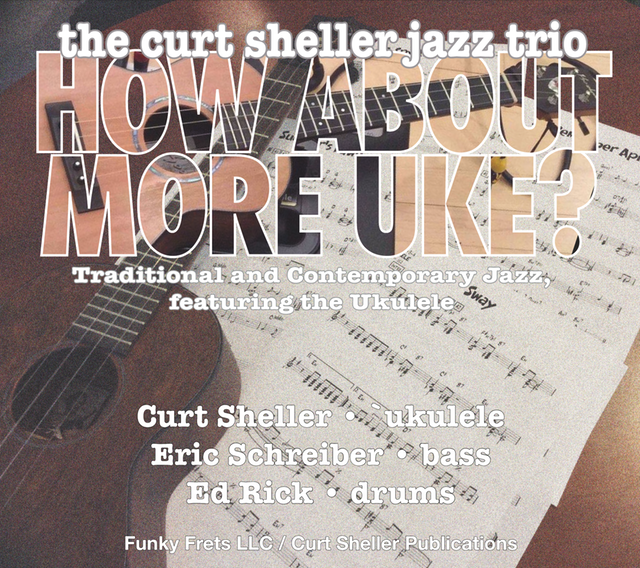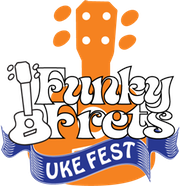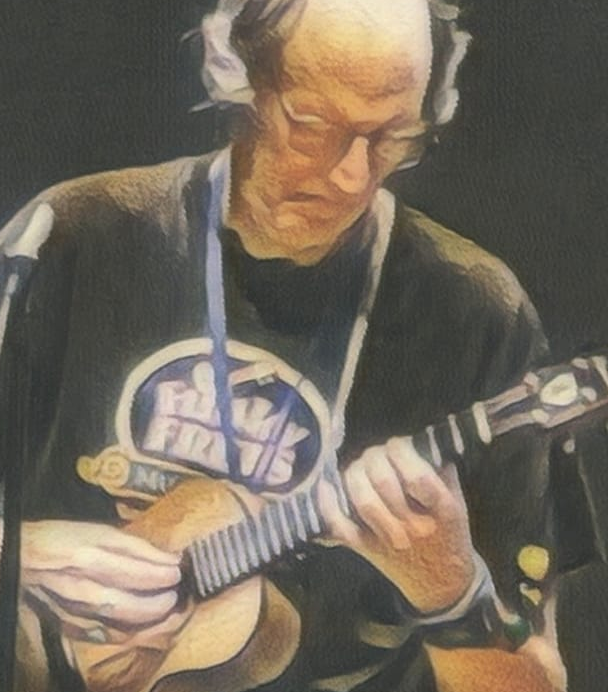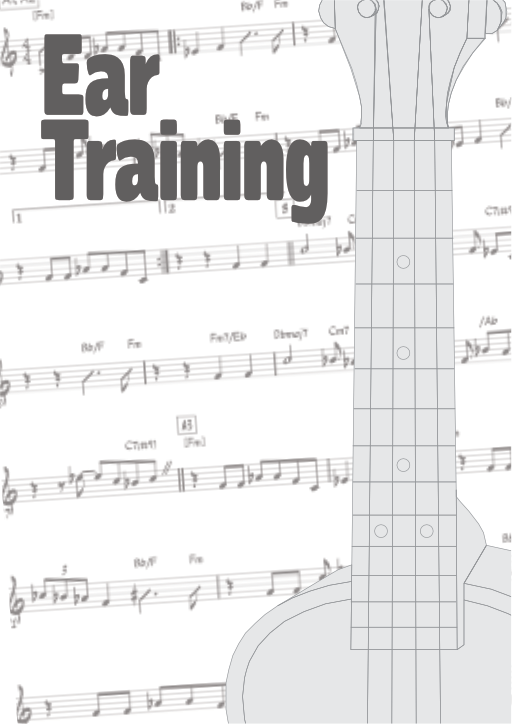How to Remember Songs
Remembering songs is lot like remembering the directions for a road trip. They're the turn-by-turn directions, road maps, signs and landmarks. Turn here, turn there, remember this and remember that landmark - the GPS for the song.
With a song it's the chords, the harmonic cells & chord functions, progressions and form of the song - the road map.
With a few music tools and an understanding of the principles of how chords and chords progressions really work. You can start unraveling what's going on in a song. There's a lot more in common between songs than you might think. Each song has its directions, signs, and landmarks. With a lot in common, used in songs over and over again.
Where to Start
ALL music comes from some sort of scale and there's no better scale to start with than the Major Scale .
Memorize the Major Scales
All music, the chords and melodies come from scales. And, the Major Scale is one of the most common and important scales to learn and MEMORIZE in ALL 15 keys. A lot, and I mean a lot of information can be derived from the major scale and used for learning new material.
Most popular songs are in major keys.
go to the Major Scales lesson ….
Harmonic Analysis for Chords Substitution and Scale Selection
Harmonic Analysis is the understanding of the functional sequence of chords. It's the process used to analyze the harmonic structure of a progression, song or composition. This analysis is then used to make scale selections for improvisation and chord substitution. It's used a lot for remembering songs.
go to the Harmonic Analysis Lesson Series ….
The Nashville Number System
The Nashville Number System is a numbering system that allows for writing a song in NO key to be played in ANY key. Can also be used for comparing songs an identifying the commonality between songs.
The Nashville Number System is an informal method of transcribing music by denoting the scale degree on which a chord is built. It was developed by Neal Matthews, Jr. in the late '50s as a simplified system for The Jordanaires to use in the studio and further developed by Charlie McCoy. It resembles the Roman numeral and figured bass systems traditionally used to transcribe a chord progression. By writing chords as numbers, music may be transposed easily. As a simple system of transcription, it can be used with only a rudimentary background in music theory. Improvisation structures can be quickly explained using numbers and chord changes can be communicated mid-song by holding up the corresponding number of fingers. The system is flexible, and can be embellished to include more information (such as chord color or to denote a bass note in an inverted chord).




Chas Williams The Nashville Number System Nashville, TN USA
In the late 50's, Neil Matthews devised a musical number system for the Jordanaires to use in the studio. Charlie McCoy and fellow studio musicians began adapting Matthews number system into chord charts. "The Nashville Number System" has evolved into a complete method of writing chord charts and melodies _ combining Nashville shorthand with formal notation standards.
The Nashville Number System is 130 pages with a step by step method of how to write a Nashville number chart for any song. Included with each NNS book in Edition 7 is the cd, "String Of Pearls";. This is a 10 song CD of instrumentals, including, Amazing Grace. I walk you through the details of each song and explain the Number System tools used to write the charts. Now, while listening to the CD, you can see and hear how Nashville number charts work.
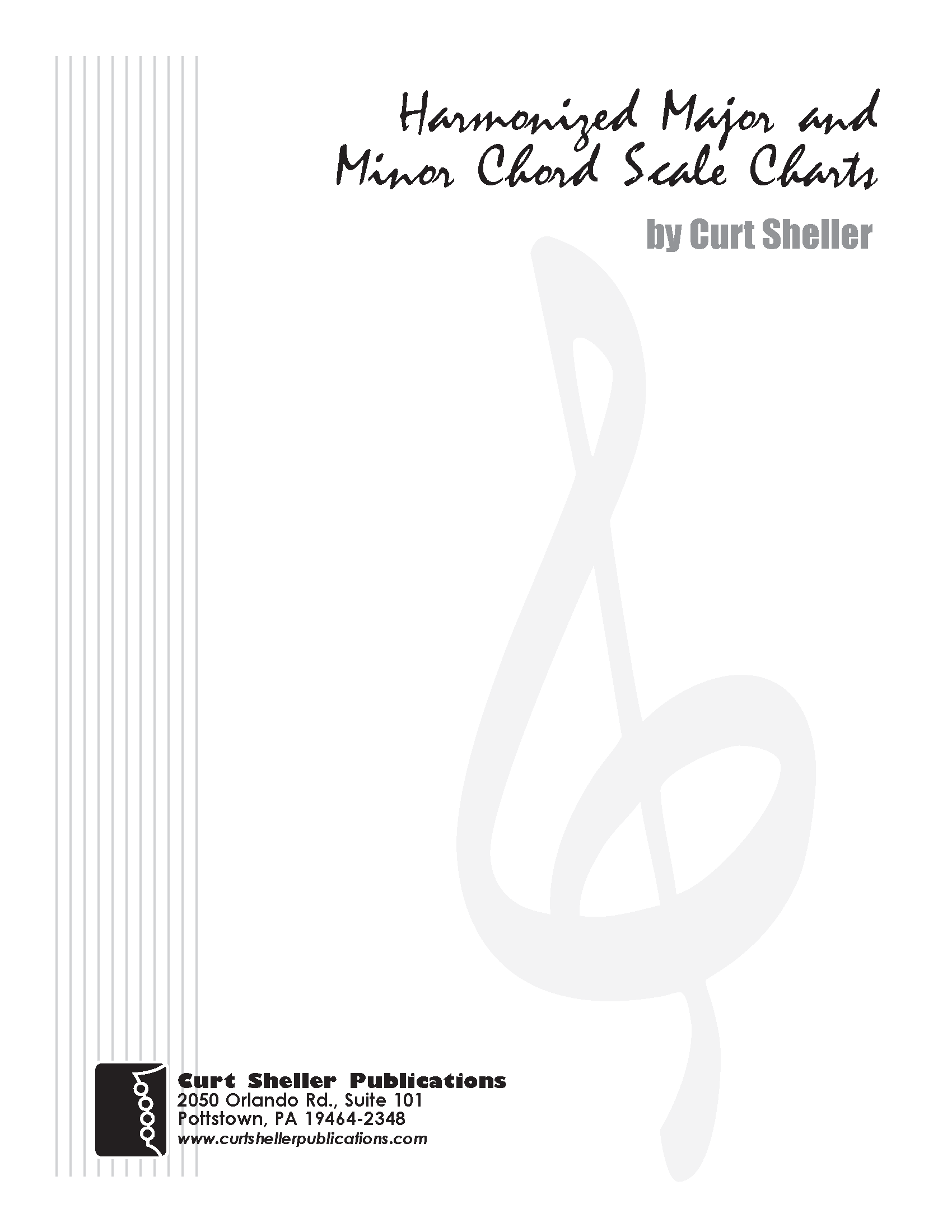
The "Major Scale" or Ionian scale is a diatonic scale, made up of seven distinct notes, plus an eighth which duplicates the first one octave higher. In solfege these notes correspond to the syllables Do, Re, Mi, Fa, Sol, La, Ti/Si, (Do), the Do in the parenthesis at the end being the octave of the root.
Common Progression: I V
I V refers to the tonic ( I ) and dominant ( V ) chords of a major or minor key.
- Key of C: C, G or G7
C Dm Em F G G7 Am Bdim
- Key of F: F, C or C7
F Gm Am Bb C C7 Dm Edim
See the Key Signatures series of lessons for all 15 keys.
- He's Go the Whole World In His Hands
eg: C, G or G7. Changes for last chord and every time the word "whole" is sung.
- This Train (is Bound for Glory)
Common Progression: I IV V
I V refers to the tonic, subdominant and dominant chords of a major or minor key.
- Key of C: C, F, G or G7
C Dm Em F G G7 Am Bdim
- Key of F: F, Bb, C or C7
F Gm Am Bb C C7 Dm Edim
See the Key Signatures series of lessons for all 15 keys.
There are a ton of songs using the harmonic sequence. too many to list. So common that you should learn to recognize the sound of this sequence. There's even commercial song books with some variation of "Three Chord Songs".
Here are a few:
- Brown Eyed Girl
I always get verse and chorus mixed up. It's one of those, the first part of the song, the verse and the intro.
The chorus is IV V7 I VI IV V7 I V7 and back to the verse.
This Land Is Your Land



Chas Williams The Nashville Number System Nashville, TN USA
In the late 50's, Neil Matthews devised a musical number system for the Jordanaires to use in the studio. Charlie McCoy and fellow studio musicians began adapting Matthews number system into chord charts. "The Nashville Number System" has evolved into a complete method of writing chord charts and melodies _ combining Nashville shorthand with formal notation standards.
The Nashville Number System is 130 pages with a step by step method of how to write a Nashville number chart for any song. Included with each NNS book in Edition 7 is the cd, "String Of Pearls";. This is a 10 song CD of instrumentals, including, Amazing Grace. I walk you through the details of each song and explain the Number System tools used to write the charts. Now, while listening to the CD, you can see and hear how Nashville number charts work.



USA
- www.playukulelebyear.com
- www.facebook.com/pag...
- www.twitter.com/playukebyear
- www.youtube.com/user/jimdville
- www.linkedin.com/pub...
At age 43 after ten years of trying to memorize banjo tab and then play it back, my wife’s grandmother gave me a 70 year old Columbia Hawaiian soprano ukulele that had been in her closet for more than 50 years. To please grandma, I took the uke and bought an instruction book. But I was tired of memorizing music out of books!
That approach did not turn me into a musician on the banjo and I doubted that I would have a different outcome on the ukulele. So I just practiced chord progressions and inversions and listening to the sounds I was making. I found I was developing an emotional relationship with the chords I was playing and realized why songwriters choose specific chords to garner a certain emotional response from the listener. My mission then was to teach other adult beginners the fundamentals of music from an ear-based approach, Play Ukulele By Ear.



In the late 50's, Neil Matthews devised a musical number system for the Jordanaires to use in the studio. Charlie McCoy and fellow studio musicians began adapting Matthews number system into chord charts. "The Nashville Number System" has evolved into a complete method of writing chord charts and melodies _ combining Nashville shorthand with formal notation standards.

Harmonic Analysis is the understanding of the functional sequence of chords. It is the process used to analyze the harmonic structure of a progression, song or composition. This analysis is then used to make scale selections for improvisation and chord substitution.

"Hearing The Changes" is knowing what the chords of a song or chord progression are and when they change. This lesson gets you on the road to developing this ability. This involves know the chords of the keys and scales that are used for common progressions and songs. And the ability to recognize the sound of intervals, the distance between intervals.

The "Major Scale" or Ionian scale is a diatonic scale, made up of seven distinct notes, plus an eighth which duplicates the first one octave higher. In solfege these notes correspond to the syllables Do, Re, Mi, Fa, Sol, La, Ti/Si, (Do), the Do in the parenthesis at the end being the octave of the root.

An interval is the distance between two notes. An interval has a name and a type. Intervals can be played one note (melodic) or two notes (harmonic) at a time, ascending or descending. Simple and Compound Intervals are taken from a major scale. Chromatic Intervals are NOT taken from a major scale. They are derived from the diatonic intervals.
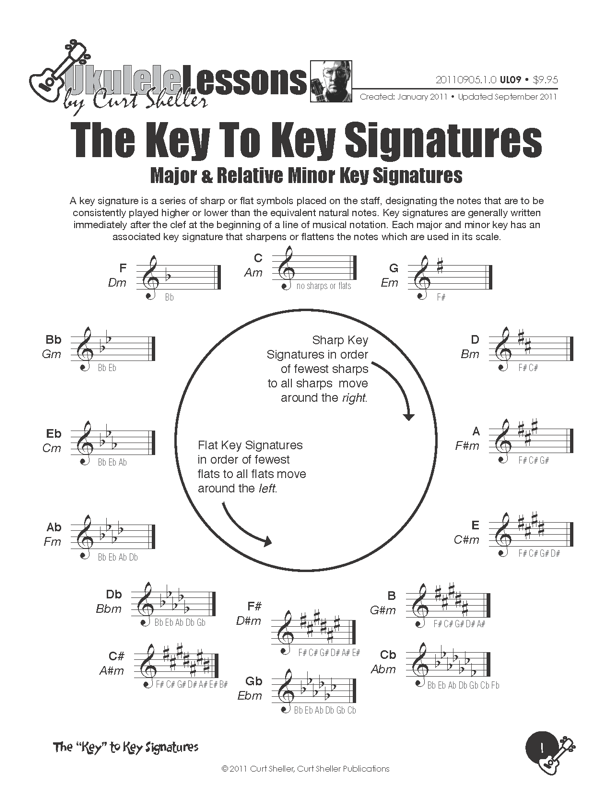
A "Key Signature" is a series of sharp or flat symbols placed on the staff, designating the notes that are to be consistently played higher or lower than the equivalent natural notes. Key signatures are generally written immediately after the clef at the beginning of a line of musical notation. Each major and minor key has an associated key signature that sharpens or flattens the notes which are used in its scale.
